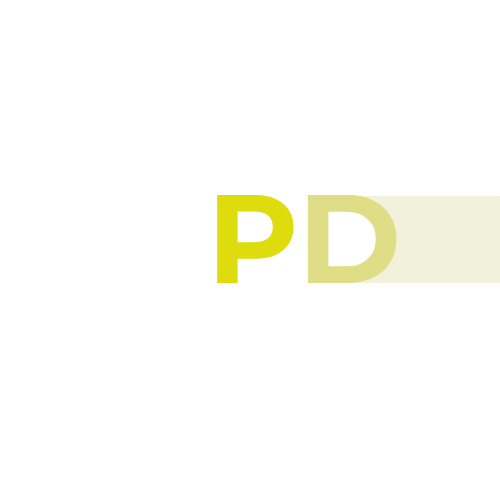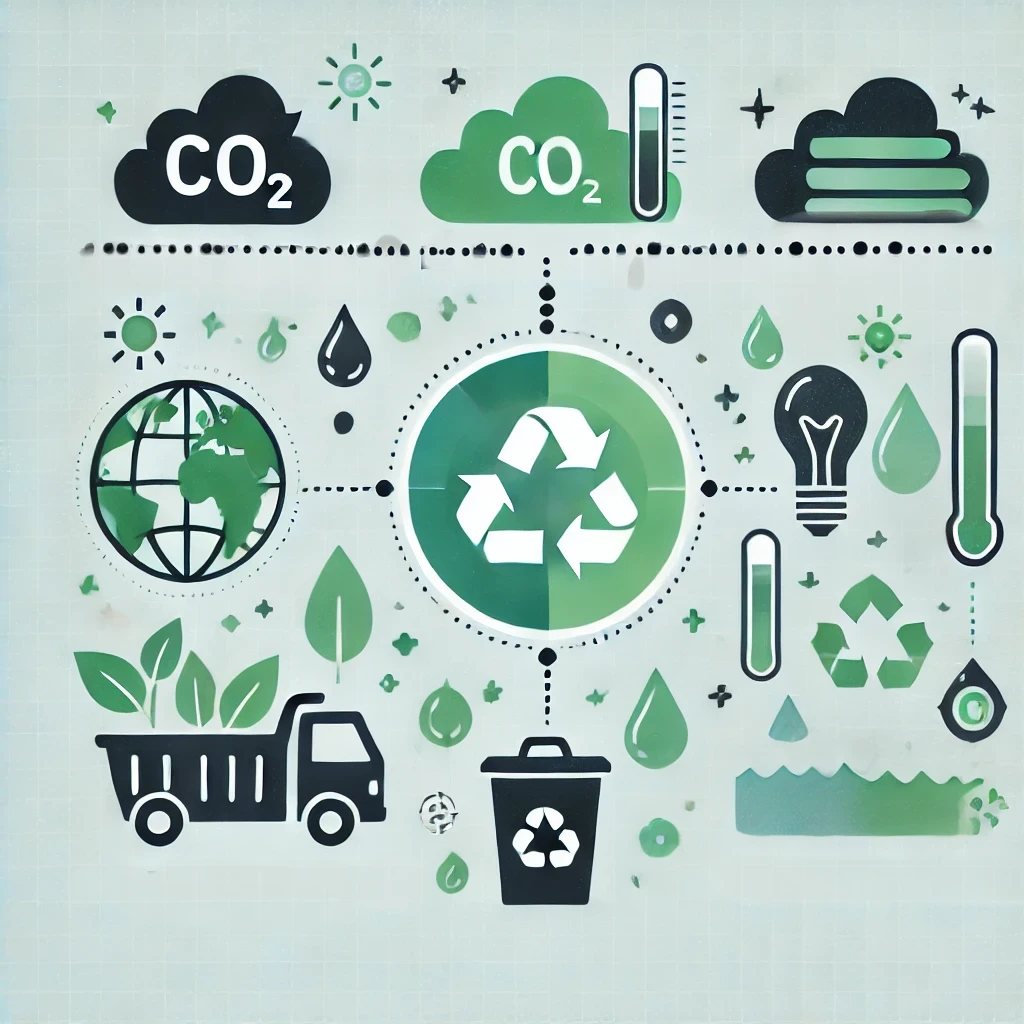An EPD (Environmental Product Declaration) analyzes and transparently reports the environmental impacts of a product throughout its life cycle. These impacts are measured using the Life Cycle Assessment (LCA) method and focus on the following key categories:
1. Global Warming Potential (GWP)
- What does it represent?
- The effect of greenhouse gas emissions (CO₂, CH₄, N₂O, etc.) on global warming.
- Measurement unit: kg CO₂ equivalent.
- Example: Carbon footprint emissions during the product’s manufacturing phase.
2. Ozone Depletion Potential (ODP)
- What does it represent?
- The impact of chemicals (CFCs) released during a product’s life cycle that contribute to ozone layer depletion.
- Measurement unit: kg CFC-11 equivalent.
3. Acidification Potential (AP)
- What does it represent?
- The acidification of soil and water caused by emissions of sulfur dioxide (SO₂) and nitrogen oxides (NOₓ).
- Measurement unit: kg SO₂ equivalent.
- Consequences: Damage to forests and aquatic ecosystems.
4. Eutrophication Potential (EP)
- What does it represent?
- Excess accumulation of nitrogen and phosphorus in water, leading to pollution and oxygen depletion.
- Measurement unit: kg PO₄³⁻ equivalent.
- Consequences: Fish deaths and ecosystem imbalance in water bodies.
5. Photochemical Ozone Creation Potential (POCP)
- What does it represent?
- Formation of surface-level ozone and smog due to volatile organic compounds (VOCs) interacting with sunlight.
- Measurement unit: kg ethylene (C₂H₄) equivalent.
- Consequences: Reduced air quality and adverse effects on human health.
6. Resource Consumption
a. Fossil Fuel Use
- What does it represent?
- The consumption of fossil fuels such as petroleum, natural gas, and coal.
- Measurement unit: MJ (megajoule) or kg.
b. Mineral and Metal Resource Use
- What does it represent?
- The extraction and usage of underground resources.
- Measurement unit: kg antimony (Sb) equivalent.
7. Water Usage
- What does it represent?
- The total water consumption throughout a product’s life cycle.
- Consequences: Impact on water scarcity and depletion.
8. Waste Generation and Disposal
- What does it represent?
- The total amount and types of waste generated from production to disposal.
- Assessment includes: Hazardous waste, recyclable waste, and energy recovery processes.
9. Energy Consumption
- What does it represent?
- The total energy used during a product’s life cycle.
- Consequences: Differentiation between renewable and non-renewable energy sources.
Summary
EPD documents comprehensively analyze a product’s environmental impacts across raw material extraction, production, transportation, use, and disposal stages. These assessments help understand the product’s environmental performance and support sustainability strategies for improvement.


